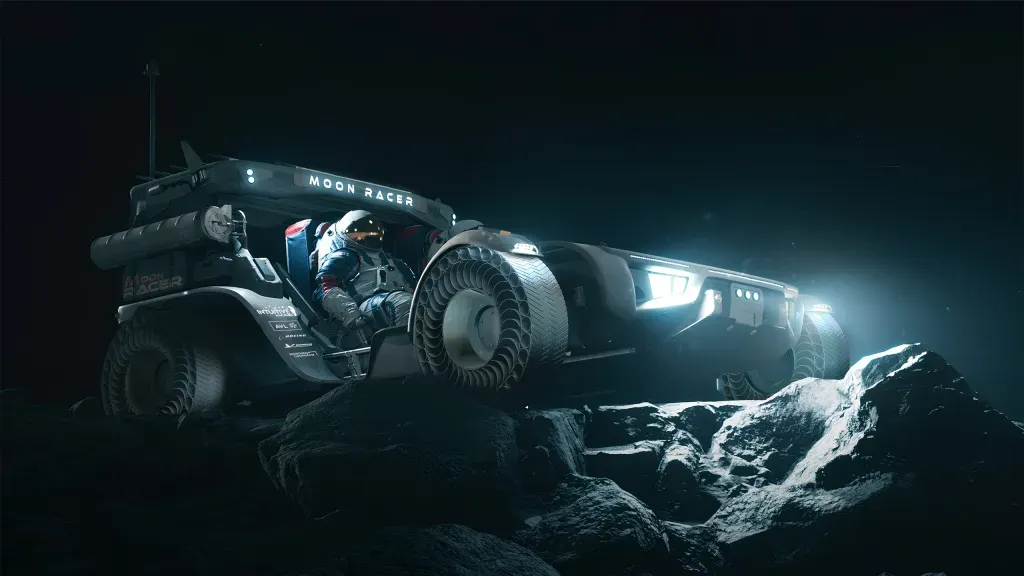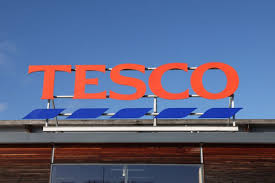First commercial moon mission will try to revive lander as lunar night ends

Unlock the Editor’s Digest for free
Roula Khalaf, Editor of the FT, selects her favourite stories in this weekly newsletter.
Intuitive Machines will attempt to revive its Odysseus spacecraft after the end of the lunar night later this month, in an attempt to extend the first successful commercial Moon mission.
The Houston-based start-up made history on February 22 when the lander touched down within 1.5km of its target landing site at the lunar south pole. After successfully delivering experiments for Nasa and six commercial customers to the Moon, Odysseus’s systems were put to sleep on February 29 when sunlight no longer reached its solar panels.
The lunar night lasts for about two terrestrial weeks and project engineers hope the probe can be rebooted after sunlight returns to the Moon’s south pole.
Stephen Altemus, Intuitive’s chief executive and co-founder, said reactivation of the lander was not part of the original plan. “But we will see if it will wake up again,” he told the Financial Times. “We had a little over six days on the surface of the Moon and 144 hours was the target to stay alive to transmit data from all the payloads before we lost the sun.”
Odysseus is the first of several commercial missions expected in the next few years as Nasa seeks to cut the costs of its space exploration programmes through increased private sector involvement.
The landing helped to accelerate approval of navigation, propulsion and other technologies that are expected to be used for the US space agency’s Artemis programme, which aims to return humans to the Moon by 2026, Altemus said.
The company was reviewing the lessons of the mission ahead of its second mission scheduled for later this year, he added. Five teams had been set up to examine every detail, from take-off to vehicle design, landing and even public communications.

The landing, hailed by US President Joe Biden as “a thrilling step forward in a new era of space exploration”, was a critical test for Intuitive Machines.
Like many space companies its stock has taken a beating in the wider downturn for technology stocks. Its shares closed up almost 7 per cent to $5.47 on Friday, but they are still roughly half their debut price after Intuitive completed its merger with a special purpose acquisition company a year ago.
Despite a number of hitches, including the lander tilting on to its side on touchdown, engineers were able to activate several experiments for its commercial partners.
Tim Crain, chief technology officer, said Odysseus sent 500MB of scientific and engineering data back to Earth.
Altemus said: “We brought all the data from the science and commercial payloads back. We learned an incredible amount about what we can apply to a second and third mission.”
Odysseus broke new ground for spacecraft by using a cryogenic liquid oxygen and liquid methane fuel. The proprietary propellant enabled the first-ever deep space ignition, with multiple restarts that repeatedly allowed successful spacecraft manoeuvres. However, the propellant posed significant challenges, in particular how to keep it at the right temperature before launch.
“We created technology that to this day has not been factored into thinking for space exploration,” he said. “That technology now opens up the solar system for how we might harvest commodities from space.”
Altemus said the mission would give Intuitive an edge in expanding the lunar exploration market. “We gained a learning experience like no other,” he said. “We are starting to think through how does this change the business model.”
Intuitive could build a larger and more robust lander sooner than it had planned, he said. This would open up the possibility of more complex missions carrying payloads worth $500mn or more, in turn increasing the prices it will be able to charge for its services.
“You [only] put those on landers you know are going to land,” he said. “If we can lower the risk [of failure], customers will be willing to pay.”


 United Kingdom
United Kingdom Argentina
Argentina  Australia
Australia  Austria
Austria  Brazil
Brazil  Canada
Canada  Germany
Germany  Ireland
Ireland  Italy
Italy  Malaysia
Malaysia  Mexico
Mexico  New Zealand
New Zealand  Poland
Poland  South Africa
South Africa  United States
United States 























